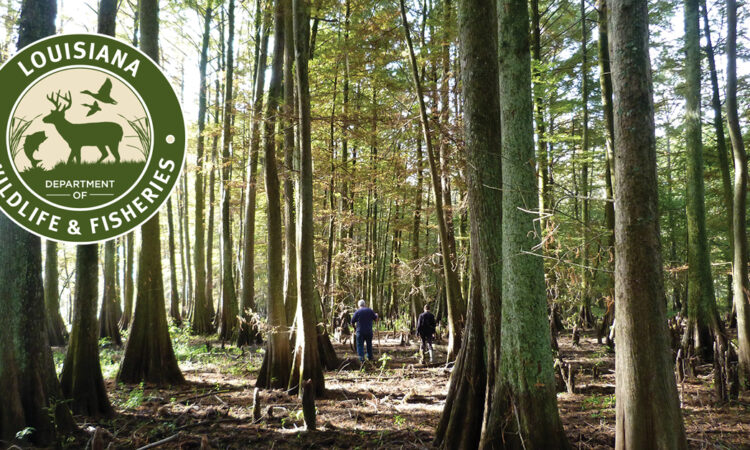
Today, through self-imposed excise taxes on hunting, shooting, archery and angling equipment, and a tax on boating fuels, hunters, recreational shooters and anglers have generated approximately $25.5 billion for wildlife and habitat conservation since 1937.
North American Model of Wildlife Conservation
At first glance, Hunting and wildlife conservation might seem at odds.
How can you promote wildlife conservation by hunting for the same animals you’re working to save? Welcome to the North American Model of Wildlife Conservation, a model that is truly unique in the world.
From its inception in the late 1800s, hunters, anglers and recreational shooters have been the driving force behind this set of home-grown wildlife management principles, which set forth the then-radical idea that wildlife belongs to everyone, not just the rich or privileged.
The Wildlife Restoration Act of 1937, and the Sport Fish Restoration Act of 1950 (currently known as the Pittman-Robertson Act and Dingell-Johnson Act) laid the foundation for a funding mechanism to state wildlife management agencies and are a large part of the U.S. Fish and Wildlife Service’s history. The acts formed a partnership between states, industry, and the federal government. They comprise, on average, more than 75% of a state fish and wildlife agency’s annual budget, according to the Association of Fish and Wildlife Agencies.
Today, through self-imposed excise taxes on hunting, shooting, archery and angling equipment, and a tax on boating fuels, hunters, recreational shooters and anglers have generated approximately $25.5 billion for wildlife and habitat conservation since 1937. In 2022, $1.5 billion was distributed to states and territories though these programs.
Tenets of the North American Model
The North American Model of Wildlife Conservation has seven basic tenets that support the notion that wildlife is a public trust, an American birthright, and that wildlife species need to be managed in a way that their populations will be sustained forever. These seven tenets are:
- Wildlife as Public Trust Resources: Natural resources and wildlife on public lands are managed by government agencies to ensure that current and future generations always have wildlife and wild places to enjoy.
- Prohibition on Commerce of Dead Wildlife: Commercial hunting and the sale of wildlife is prohibited to ensure the sustainability of wildlife populations. The Lacey Act, which the Service has a role in enforcing, prohibits trade in wildlife, fish, and plants that have been illegally taken, possessed, transported or sold.
- Rule of Law: Laws and regulations developed by the people and enforced by state and federal agencies will guide the proper use of wildlife resources.
- Opportunity for All: Every citizen has an opportunity, under the law, to hunt and fish in the United States and Canada. This differs from many other countries
- Wildlife Should Only be Killed for a Legitimate Purpose: Individuals may legally kill certain wild animals under strict guidelines for food and fur, self-defense, and property protection. Laws prohibit the casual killing of wildlife merely for antlers, horns or feathers or the wanton waste of game meat.
- Wildlife as an International Resource: Because wildlife and fish freely migrate across boundaries between states, provinces, and countries, they are considered an international resource.
- Scientific Management of Wildlife: The best science available will be used as a base for informed decision-making in wildlife management. It’s important to note that management objectives are developed to support the species, not individual animals.






